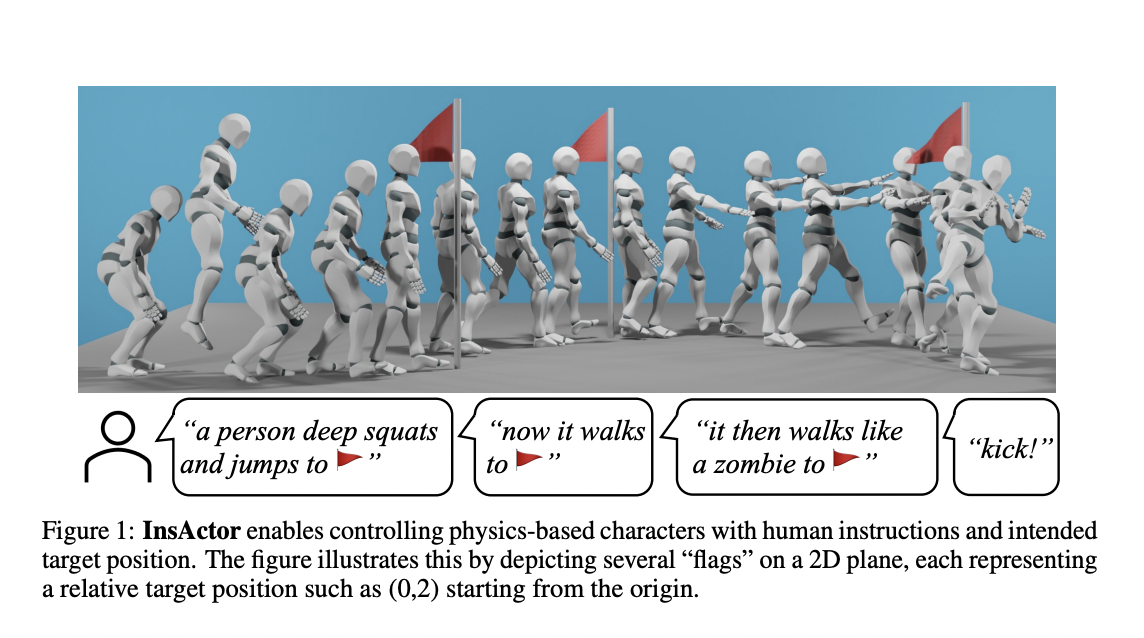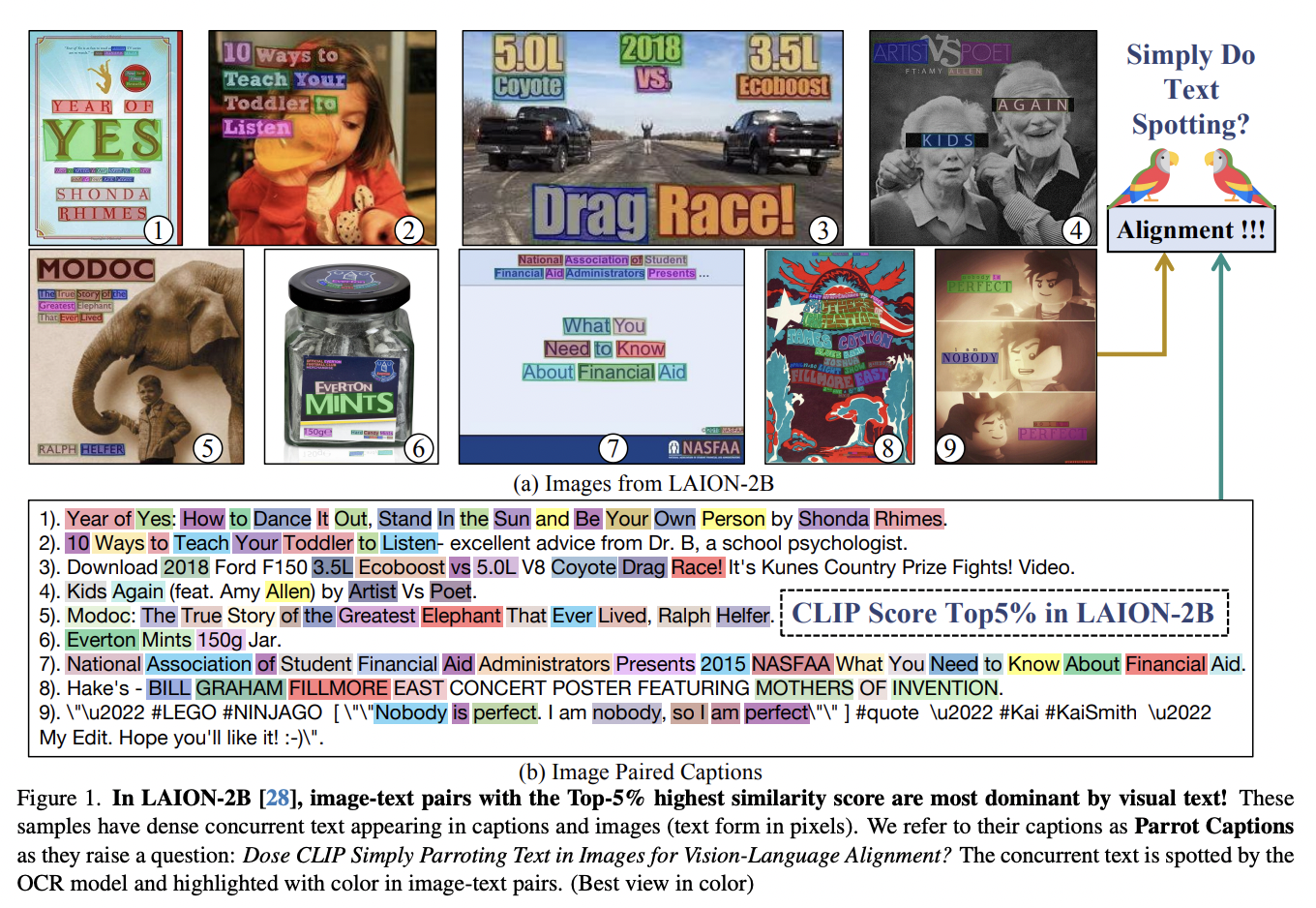As AI models become more integrated into clinical practice, assessing their performance and potential biases towards different demographic groups is crucial. Deep learning has achieved remarkable success in medical imaging tasks, but research shows these models often inherit biases from the data, leading to disparities in performance across various subgroups. For example, chest X-ray classifiers may underdiagnose conditions in Black patients, potentially delaying necessary care. Understanding and addressing these biases is essential for the ethical use of these models.
Recent studies highlight an unexpected capability of deep models to predict demographic information, such as race, sex, and age, from medical images more accurately than radiologists. This raises concerns that disease prediction models might use demographic features as misleading shortcuts—correlations in the data that are not clinically relevant but can influence predictions.
A recent article was recently published in the well-known journal Nature Medicine. This paper examined how demographic data may be used as a shortcut by disease classification models in medical AI, potentially producing biased results. In this study, the authors tried to answer several important questions: It investigates whether using demographic features in these algorithms’ prediction process results in unfair outcomes. It evaluates how effectively existing techniques can get rid of these biases and provides models that are fair as well. Furthermore, the study examines these models’ behavior in real-world data shift scenarios and determines which criteria and methods can guarantee fairness.
The research team conducted experiments to evaluate medical AI models’ performance and fairness across various demographic groups and modalities. They focused on binary classification tasks related to chest X-ray (CXR) images, including categories such as ‘No Finding’, ‘Effusion’, ‘Pneumothorax’, and ‘Cardiomegaly’, using datasets like MIMIC-CXR and CheXpert. Dermatology tasks utilized the ISIC dataset for the ‘No Finding’ classification, while ophthalmology tasks were assessed using the ODIR dataset, specifically targeting ‘Retinopathy’. Metrics for assessing fairness included false-positive rates (FPR) and false-negative rates (FNR), emphasizing equalized odds to measure performance disparities across demographic subgroups. The study also explored how demographic encoding affects model fairness and analyzed distribution shifts between in-distribution (ID) and out-of-distribution (OOD) settings. Key findings revealed that fairness gaps persisted across different settings, with improvements in ID fairness not always translating to better OOD fairness. The research underscored the critical need for robust debiasing techniques and comprehensive evaluation to ensure equitable AI deployment.
From the experiments, the authors observed that demographic encoding can act as ‘shortcuts’ and significantly impact fairness, particularly under distribution shifts. Their analysis revealed that removing these shortcuts can improve ID fairness but does not necessarily translate to better OOD fairness. The study highlighted a tradeoff between fairness and other clinically meaningful metrics, and fairness achieved in ID settings may not be maintained in OOD scenarios. The authors provided initial strategies for diagnosing and explaining changes in model fairness under distribution shifts and suggested that robust model selection criteria are essential for ensuring OOD fairness. They emphasized the need for continuous monitoring of AI models in clinical environments to address fairness degradation and challenge the assumption of a single fair model across all settings. Furthermore, the authors discussed the complexity of incorporating demographic features, stressing that while some may be causal factors for certain diseases, others could be indirect proxies, warranting careful consideration in model deployment. They also noted the limitations of current fairness definitions and encouraged practitioners to choose fairness metrics that align with their specific use cases, considering both fairness and performance tradeoffs.
In conclusion, it is critical to confront and comprehend the biases that AI models may acquire from training data as they become increasingly integrated into clinical practice. The study emphasizes how difficult it is to retain performance while enhancing fairness, especially when handling distribution variations between training and real-world settings. In order to guarantee that AI systems are trustworthy and equitable, it is essential to employ efficient debiasing strategies, ongoing monitoring, and meticulous model selection. In addition, the intricacy of demographic characteristics in illness prediction emphasizes the necessity of a sophisticated approach to fairness, where models are developed that are not only technically good but also morally sound and customized for actual clinical settings.
Check out the Paper. All credit for this research goes to the researchers of this project. Also, don’t forget to follow us on Twitter and join our Telegram Channel and LinkedIn Group. If you like our work, you will love our newsletter..
Don’t Forget to join our 48k+ ML SubReddit
Find Upcoming AI Webinars here
Mahmoud is a PhD researcher in machine learning. He also holds a
bachelor’s degree in physical science and a master’s degree in
telecommunications and networking systems. His current areas of
research concern computer vision, stock market prediction and deep
learning. He produced several scientific articles about person re-
identification and the study of the robustness and stability of deep
networks.




